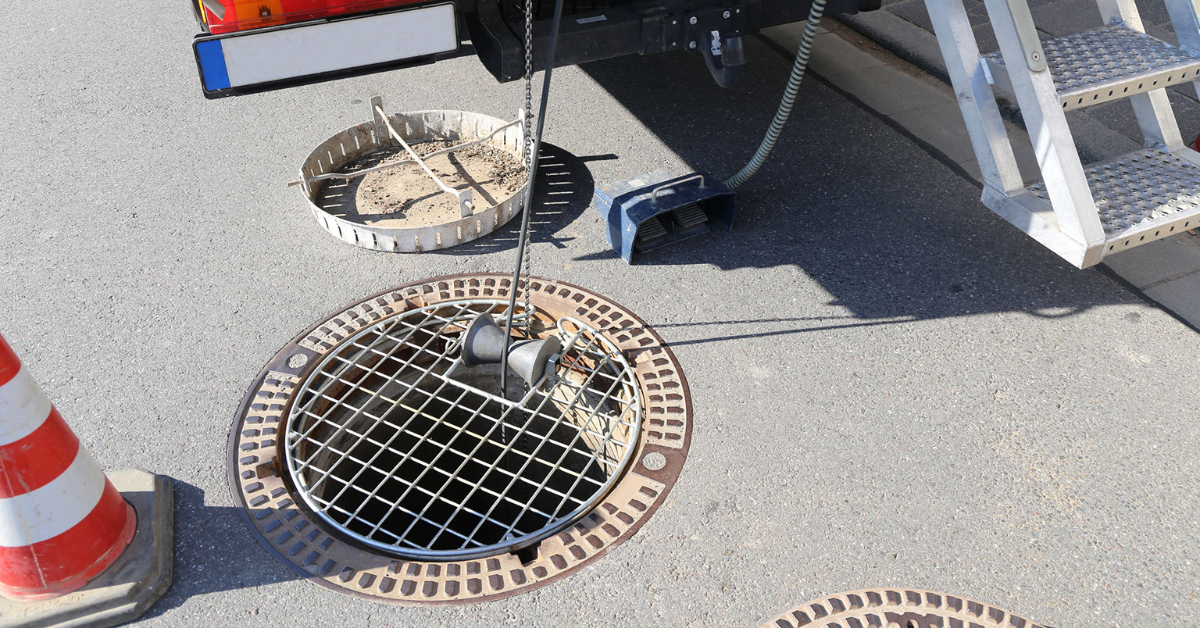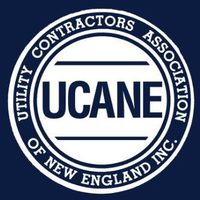
Did you know that the inspection and cleaning of catch basins is important in the spring? If they are ignored than it could actually lead to disaster in the form of major flooding. The vast majority of people give little to no thought to how they function or why they’re even in the ground. However, catch basins are incredibly important to the water management system of every city, town, and municipality in the Commonwealth of Massachusetts and across the country. First and foremost, catch basins are designed to properly distribute the flow of excessive amounts of water that are caused by rainstorms and snowmelt runoff.
So how do they work? When it rains and or a bunch of snow melts at the same time you will see water flowing at low levels down the street. This is natural and the water management system in your city, town or municipality is designed to handle this. However, if that flowing water has nowhere to go it will cause flooding. So where does all of that water actually go? Water always seeks out a low point and will flow to that low point. That is why catch basins are located at low points in the street or on a property. They are actually a box like structure that is buried underground.
There is a grate at the top of each catch basin that is flush with the ground. Inside the box is a water distribution pipe. When excessive amounts of rainwater and or snowmelt runoff reaches the catch basins it enters through the grate. At this point the heavy materials that have collected in the water sink to the bottom of the box. For example, when rainwater and or snowmelt runoff is flowing over the ground it picks up the debris that is located on the ground. In essence, there is a significant amount of sand, dirt, trash, leaves, and other debris in the water when it enters into the catch basins.
Once the debris sinks to the bottom of the box the water runs through the distribution pipe. At that point the water is distributed to a local waterway, a man-made distribution pond, or to the main sewer line where it travels to a sewage treatment plant. If the bottom of the box fills up with too much debris it will block the distribution pipe. If the distribution pipe is blocked or is not functioning for any other reason, that’s when the flooding occurs. In essence, the rainwater and snowmelt runoff have nowhere to go so it backs up out of the box and floods the street.
That is the reason why the inspection and clearing of catch basins is so important. This holds true especially in the spring because they tend to clog up over the winter months.
If you have any questions about our inspection and cleaning of catch basins services in New England, or would like to schedule service we are happy to help. Please contact us today! Jolin Paving & Excavating, Inc. is your New England connection for a vast variety of environmentally related services. Our company has been serving Boston Massachusetts, Southern NH, VT & ME as well as Northern CT & RI since 1952. Please Contact us to learn more today. Environmental related issues occur all of the time, and can strike at any time. That is exactly why you need to have a local and reliable environmental services company at the helm and ready to go whenever you actually need them.
continue reading






